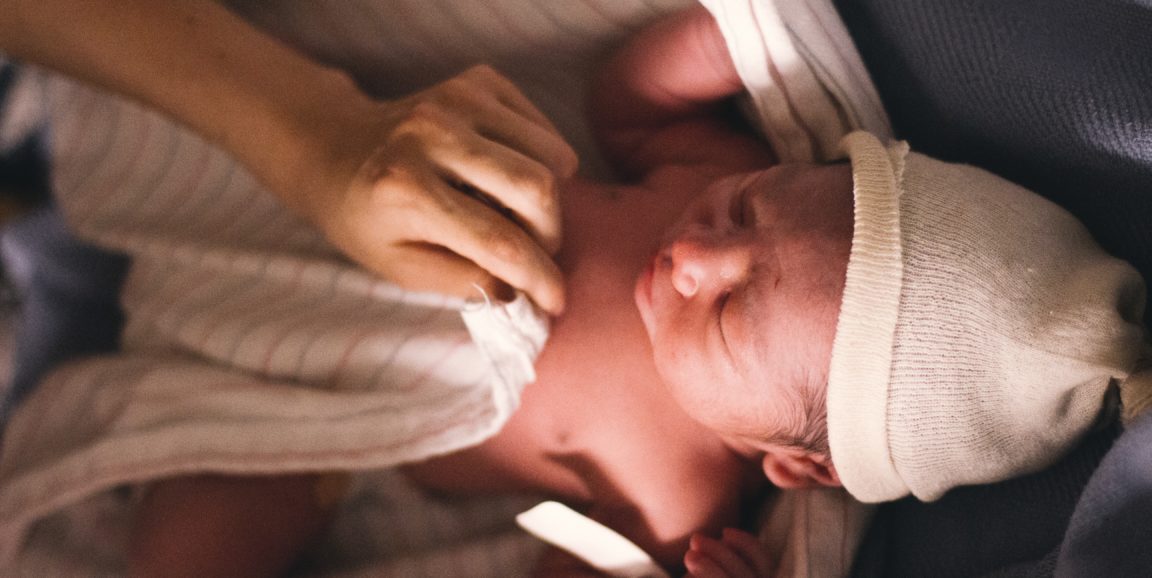There’s a pivotal scene in the 2007 Pixar movie Ratatouille, in which the restaurant critic Anton Ego takes a first bite of the movie’s titular food. He is then whisked back to a moment in his childhood, during which his mom provides love and comfort through a helping of her homemade ratatouille. This scene is a homage to Marcel Proust’s seminal “Madeleine Episode,” as described In Search of Lost Time, published almost a century before the movie’s release. Both the memories triggered by the ratatouille and the madeleine cookie dipped in tea are illustrative of involuntary memory, a process in which everyday cues stir remembrances of the past.
For me, involuntary memories are most triggered by scent. Olfaction can be considered an ancient sense — traced back to the chemoreceptors found on rudimentary bacteria. However, despite (or perhaps because of ) its antiquity, I find smell to be the most difficult sense to capture with words. Still, all of us can remember a moment in which a whiff transported us away to another time and place.
In medicine, interesting smells are in no short supply. Every day, the first thing that I encounter when the hospital doors open is the omnipresent smell of antiseptic. To most people, this scent likely triggers involuntary memories of negative events — the illness of a loved one, for example. For me, the first wave of antiseptic reminds me of my previous hospital rotations and prompts me to be ready to work for my patients and for my team.
And then throughout the day, I catch olfactory glimpses of phantom memories. The strongest smell that I have encountered in all my years at the hospital is that of melena — black, tarry feces containing partly digested blood, which indicates the presence of bleeding in the gastrointestinal system.
I remember the moment that the scent hit me for the first time. A nurse asked us to examine a patient’s melena in the toilet bowl so that we could validate her bleeding. My attending at the time warned me that it would be a smell to remember. He was correct. The sharp scent hit me so hard that I had to cover my mouth to suppress a gag. That smell has become my standard for unpleasant clinical smells. Nothing else has come close.
Still, that olfactory memory has been inextricably linked with one of my first patients, who has since passed away. She was as pleasant as the smell was unpleasant. She made me laugh and wished me well on my journey in medicine. Our team discharged her from the hospital on her birthday so she could go celebrate with her family. Although she knew that she didn’t have long to live and that she would be back in the hospital before long, she wanted to enjoy as much of her remaining time as possible with her loved ones.
That patient lives on in my extensive library of clinical olfactory memories. Other pieces in my permanent recollection include the fruity breath of a patient with diabetic ketoacidosis, the musty aroma of fetor hepaticus from a patient with a failing liver, the Fritos corn chip smell of bone dust, and the burnt cuttlefish fragrance of cauterized fat: All of these scents, for me, are connected with a particular feeling or person or experience. These are the ghosts that linger with me at the hospital.
And while many of the smells in the hospital remind me of sad times — such as the sharp tang of blood pooling from a dying patient — there are a few I associate with joy: the soft, warm scent of babies cradled in their mothers’ arms; the post-shower freshness of a formerly bed-bound patient; the aroma of freshly-brewed coffee in the workroom.
These scents, and the memories that go with them, stir my heart when I least expect it, often providing a much-needed pick-me-up during a long, tough day at the hospital.
Stanford Medicine Unplugged is a forum for students to chronicle their experiences in medical school. The student-penned entries appear on Scope once a week during the academic year; the entire blog series can be found in the Stanford Medicine Unplugged category.
Yoo Jung Kim is a fourth-year Stanford medical student and the co-author of “What Every Science Student Should KnowOpens in a new window,” a guidebook for aspiring college STEM students. Her pieces on medicine and society have appeared in The Washington Post, the Seattle Times, The Mercury News, The Korea Times, and Nature.
Photo by Isaac Taylor













